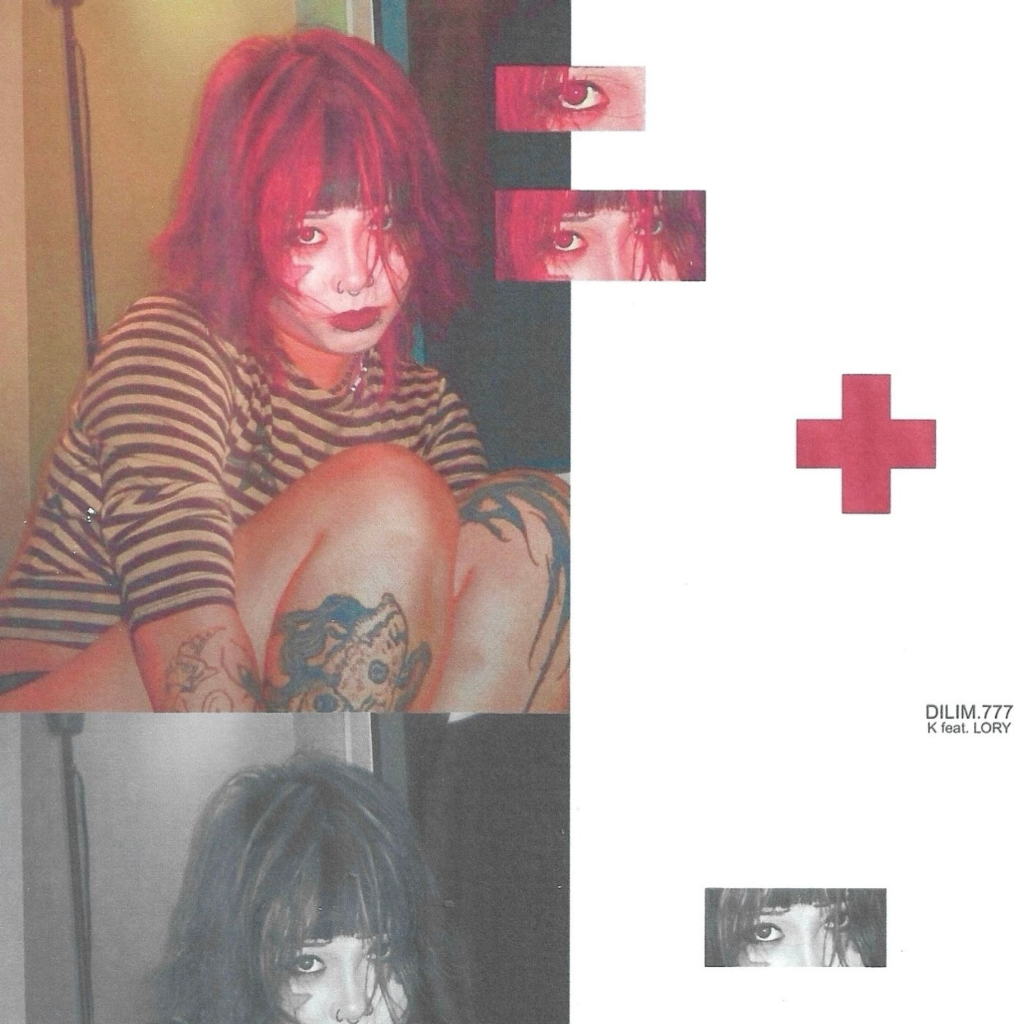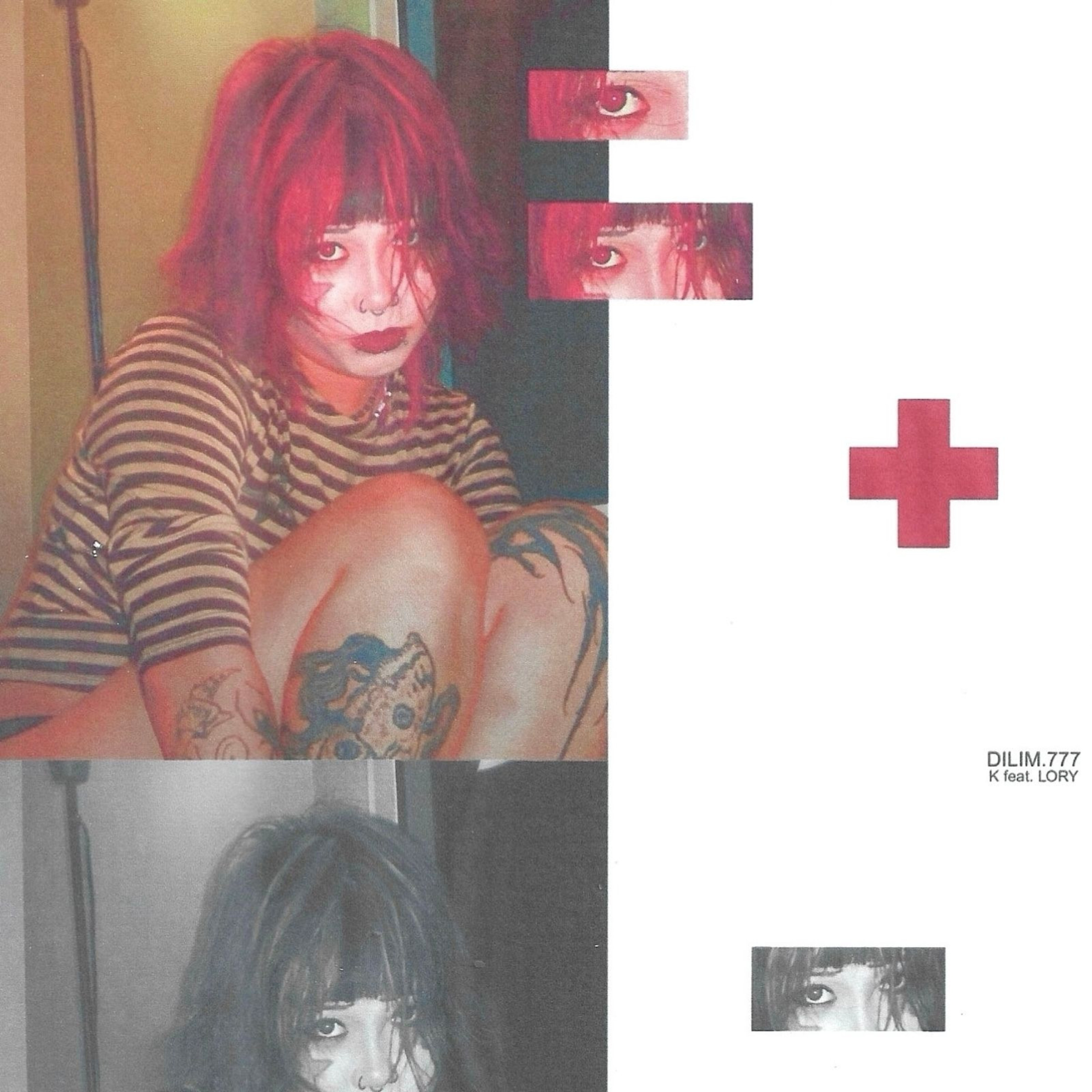
Written by Anika Maculangan
After releasing her debut EP Gabi ng Lagim in 2024, K follows up with her first collaboration, “Dilim,” a single featuring LORY. In the track, what emerges is less a duet and more a convergence; two voices moving through the same storm, not hand in hand, but aware of each other’s shadows. The track doesn’t open the door gently; it surges into the room. From the first downstroke, its intent is not to be misunderstood, but rather, to dislodge, to engulf, and to hum beneath the flesh like a second skin.
“Dilim” feels like reading a letter written in a language you once knew, every line familiar but just out of reach, each word flickering at the edge of meaning. The guitars churn like static caught between radio frequencies, and the drums tick forward with the cold precision of a dying clock. K doesn’t sing, she pries sound out of her sternum, each note arriving cracked, as if it’s already lived through the pain it’s meant to express. LORY, whispered but no less real, dances upon the spaces between, like smoke tracing the lines in a windowpane.
The track is not linear; it sways, it plunges, it crests in unsymmetrical waves. There is a studied vagueness to it, as though the track had been constructed underwater, under silt and memory. Emotion rises like steam, hot and ephemeral, but the form never coagulates. It’s a song more sensed than taped; held together by mood, not motion.
There’s beauty in that blur, and restlessness. The weight is there, yes, but where is it? The track hangs on without completely falling apart. Despite all its weight, there’s a feeling of something withheld, not due to mystery, but restraint. A tremor that doesn’t end in collision.
But to define “Dilim” in what it does not have would be inaccurate. There is clarity in its ambiguity, there is comfort as well. Something does not always have to come in whole or in its entirety. Some music is scaffolding; empty frameworks where people superimpose their own ruin, their own fixing. “Dilim” does that. It does not thrust sorrow onto the stage, but offers it. It doesn’t demand anything of its listeners, but allows for them to make the song their own, whichever shape it morphs into, depending on its beholder.
And perhaps that is its goal; not to enlighten, but to resonate. Not to answer, but to ring true. The sort of song that doesn’t speak at you but to you.
SUPPORT THE ART & THE ARTIST:
